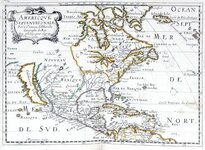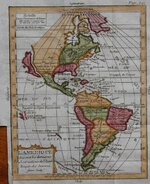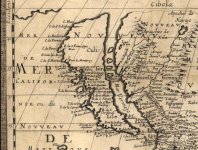carajou
Jr. Member
http://terraserver.microsoft.com/image.aspx?T=1&S=19&Z=11&X=5&Y=35&W=1
The above link is to Terraserver's image of the Salton Sea, California, and this concerns the story of the Pearl Ship, which was supposedly a galleon that got trapped in a rare flooding of the area from the Gulf of California about 1615. Some stories state it went aground about 30 west of Dos Palmas; that it involved a "Captain Iturbe"; it had onboard a king's ransom in pearls.
So, short of going into the Spanish Archives, here's the other option. Look at these satellite photos of the northern Salton Sea area for the ship. If it exists, it should show up somewhere along the edge of the mountains where maximum flooding took place.
The above link is to Terraserver's image of the Salton Sea, California, and this concerns the story of the Pearl Ship, which was supposedly a galleon that got trapped in a rare flooding of the area from the Gulf of California about 1615. Some stories state it went aground about 30 west of Dos Palmas; that it involved a "Captain Iturbe"; it had onboard a king's ransom in pearls.
So, short of going into the Spanish Archives, here's the other option. Look at these satellite photos of the northern Salton Sea area for the ship. If it exists, it should show up somewhere along the edge of the mountains where maximum flooding took place.


 you find that they show CA., as an Island!
you find that they show CA., as an Island! 






